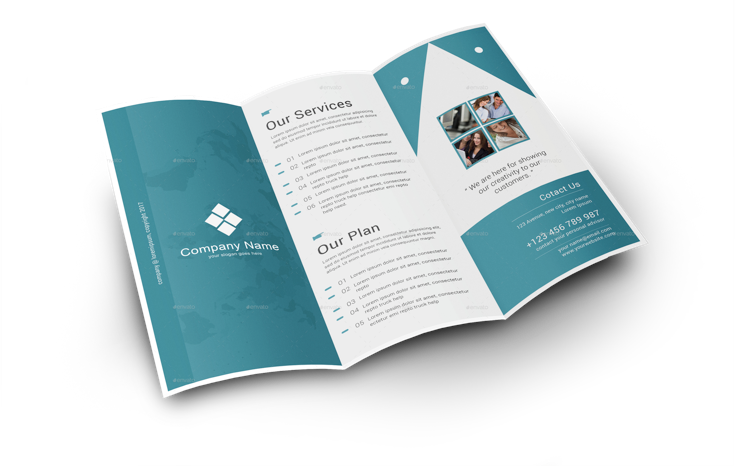How Business Office Managers Can Conquer Medicaid Billing
Of the many billing challenges that skilled nursing facilities and business office managers face every day, one of the simplest and yet most difficult, at the same time is Medicaid billing.
What?
Why would anyone say this?

Medicaid billing is easy!
In today’s healthcare environment Medicaid has become one of the most dynamically fluid payers a BOM will face. It is state specific and is defined by mandated guidelines that each state proposes and regulates to meet federal requirements and receive federal funds.
In the past, Medicaid billing was simple. Most state Medicaid funds were managed by, claims filed, and payments received through state run agencies and the use of either Turn Around Documents (TAD)s, (yes, we are showing our age and experiences within the SNF/LTC environment) or more recently a state Medicaid website portal.
Changes in the healthcare industry and healthcare reforms have resulted in new regulations regarding Medicaid funds and how they are allocated and reported. As a result, many states are opting to change to a managed Medicaid format. This new format involves the state reaching out to various insurance companies that offer contracts, or implementing a level of care based reimbursement system to provide managed Medicaid services to state approved Medicaid recipients. As states make these transitions and SNFs implement the new face of Medicaid they are very likely to see an increase in the accounts receivable balances for their Medicaid payers.
Depending on the State and which option is implemented, a Managed medicaid system with insurance companies involved (most states can have 3 or more), or a level of care based reimbursement system, the SNF and BOM will face many challenges, such as:
- Enrollment – Most insurance companies require a SNF to be a participating provider and therefore if not already enrolled a SNF will need to complete the insurance company’s provider enrollment forms. These forms are often located on an insurance company’s website and have to completed and submitted by the SNF prior to being able to receive reimbursement for services provided.
- Level of Care – Whether insurance companies are involved or not, reimbursement under the managed Medicaid format is often based on level of care which is determined by completion of either PPS assessments or specific state/insurance forms.
- Medicaid State Eligibility – Some states have changed the actual forms and procedures for applying for and being eligible to receive SNF Medicaid Benefits. This often leads to changes in when and how applications and re-applications are filed.
- Authorizations – Even though a resident has filed the appropriate applications and is approved for state Medicaid benefits, in the managed Medicaid format an insurance company can, and often does, require a SNF to obtain a prior authorization for Medicaid services. Not only is the initial authorization required but it is often be necessary for the SNF to obtain regular re-authorizations based on the insurance companies predetermined timelines.
- Insurance/Medicaid Websites – Most insurance companies and states now have their own websites and will require a SNF to submit billing through electronic claims filing processes. This necessitates that the SNF or BOM obtain Login ID’s and learn the various requirements for submitting, tracking, correcting and resolving denied claims through the website. It may be necessary for a SNF to purchase or contract with a company that has the appropriate software to transfer the billing files.
- Claims Formatting/Payment – Each state or insurance company may and often do require different occurrence codes, value codes and revenue codes to report, track and bill the specific level of care being provided in order to receive payment. This can result in a SNF having to setup new and different specific payer types, charge accounts and GL codes within their current A/R billing software system.
Keeping up with these changes can be overwhelming and frustrating for even the most experienced BOM.
Being able to manage and conquer the face of the new Medicaid a SNF will need to:
- Identify the type of managed Medicaid system being used by their state
- Identify the changes that impact them based on that system
- Modify current policy & procedures or, as necessary, develop new policy and procedures related to managed Medicaid
- Possibly hire new staff and/or change job descriptions and duties
- Provide training and education
Knowing that a SNF will be facing these challenges, most state Medicaid agencies and insurance companies that provide services for managed Medicaid programs often have training presentations already available. They may also assign facility specific provider representatives who are willing to assist and make the transition to a managed Medicaid system smoother and less stressful.
Our continuously evolving healthcare industry can and has had a tremendous impact on what we, until recently, may have perceived as our easiest payer. A SNF willing to identify, face head on and take the necessary steps, can and will be able to manage and conquer the managed Medicaid system and thereby your Medicaid revenue.

5 ways to increase your revenue without adding a single resident
Chances are that you’re leaving revenue on the table. This quick resource guide will help ensure that your office is getting the most from your existing business so you can maximize your revenue without adding a single resident.

